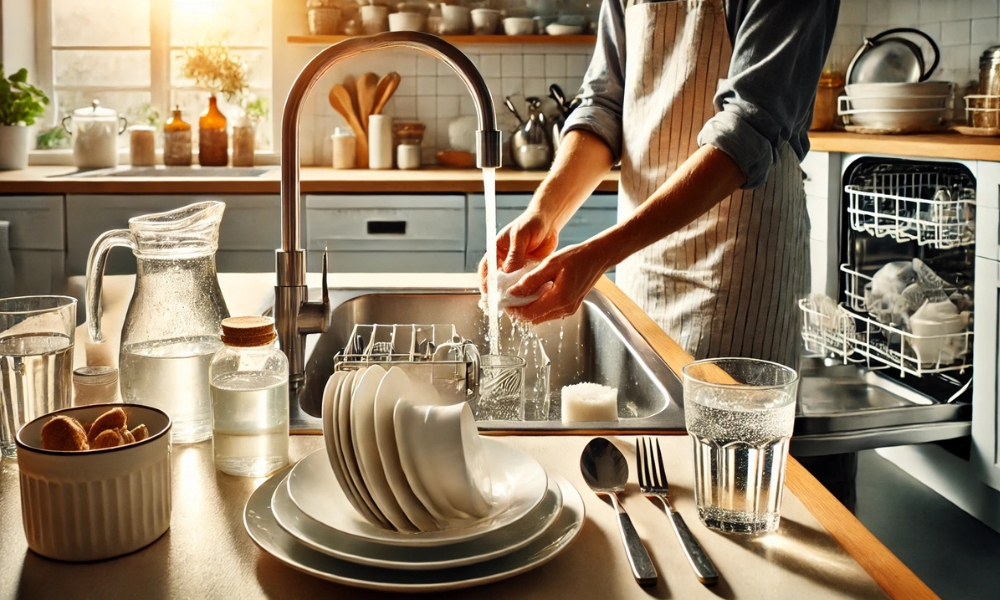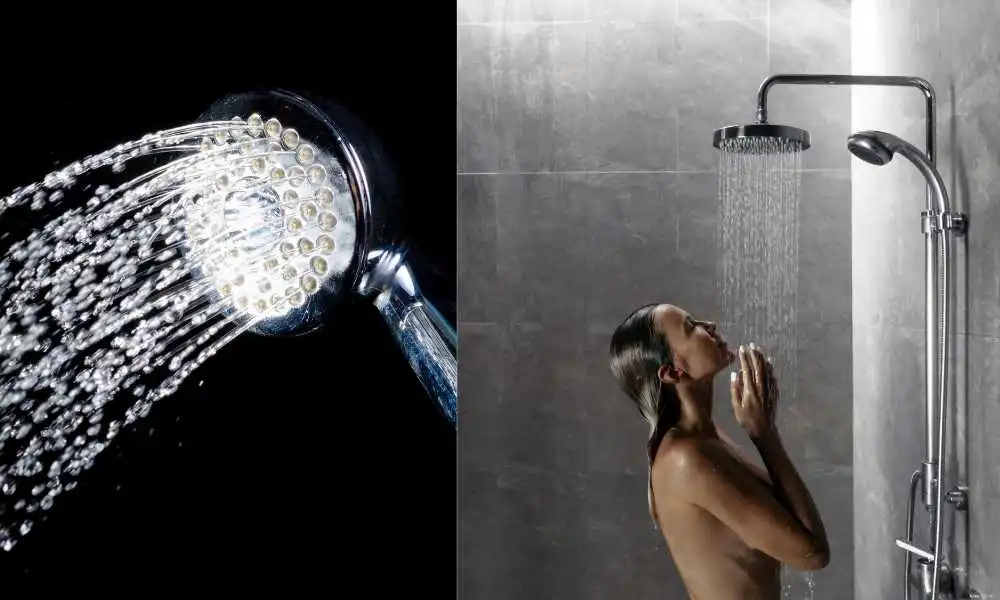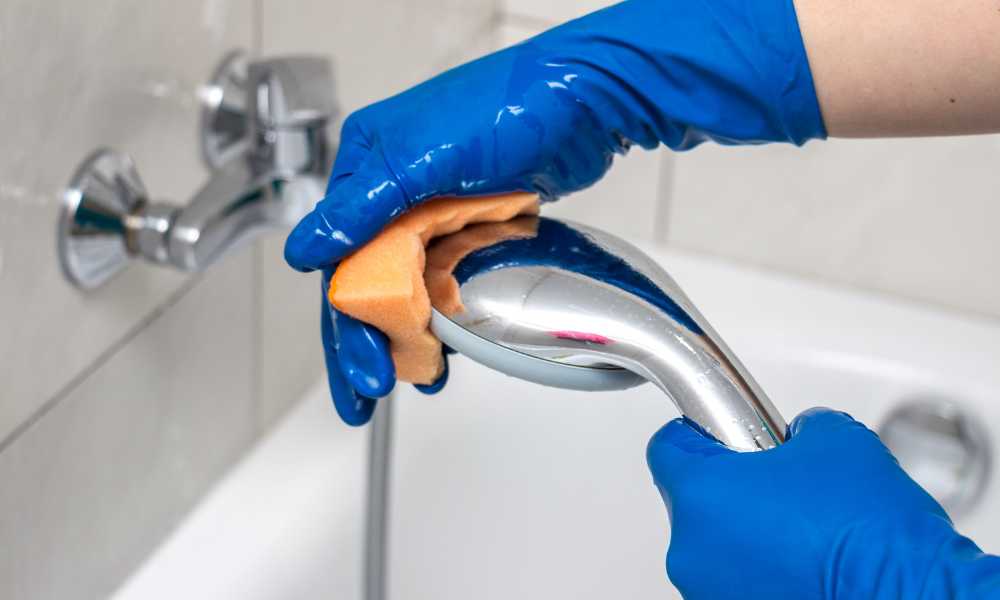Soap residue, a common yet unexpected nuisance, can make an everyday task like dishwashing frustrating. Even after meticulous scrubbing, rinsing, and drying, you may notice a cloudy film or greasy layer stubbornly clinging to your dishes, glasses, and utensils. Get rid of soap residue steals the shine, leaving dishes less than spotless. Worse, it can alter food flavors and even pose health concerns if ingested over time. But with a few savvy techniques, you can keep It at bay, turning dishwashing back into a satisfying task.
Understanding Cleaner Residue: What It Is And Why It Happens
Soap residue is a clingy, often unseen film left by cleaner molecules that bond to dishes instead of rinsing away. Several culprits are at work here—leftover soap molecules, minerals from hard water, or improper rinsing all contribute to this pesky remainder. Knowing what causes It helps in tackling it effectively. Often, too much cleaner or ineffective rinsing habits play a major role, while hard water minerals make it tougher for soap to fully rinse off, leaving your dishes less than pristine.
Common Signs Of Cleaner Residue On Dishes
Soap residue can be subtle, making it tricky to detect. A slight “slip” or “stickiness” on a dried dish can be a telltale sign that cleaner remains. Glassware may look cloudy or hazy when held up to light, losing that satisfying sparkle. In more serious cases, the remainder can influence the taste of food or drinks, leaving an unwelcome cleaner aftertaste. If you notice these signs, it’s time to rethink your dishwashing routine for cleaner results.
Why Removing Soap Residue Is Important For Health And Taste
Soap residue is more than a visual or tactile annoyance—it can carry health risks. Even in small amounts, the chemical compounds in soap aren’t intended for ingestion. Over time, especially for sensitive individuals, cleaner remnants may cause digestive discomfort or allergic reactions. Additionally, It dulls the natural flavors of food, subtly altering the dining experience. Clean, residue-free dishe provide peace of mind and preserve taste, adding to the pleasure of a well-prepared meal.
Causes Of Cleaner Residue Buildup
Several factors influence It buildup. Excessive cleaner is a primary culprit; with too much lather, you’ll need extra rinsing to get rid of every molecule. Hard water minerals like calcium and magnesium are notorious for bonding with cleaner, creating a stubborn film that clings to dish surfaces. Insufficient rinsing, whether from rushing or using minimal water, allows soap particles to stick around. Dish soaps with high-sudsing agents further complicate rinsing, as bubbles cling persistently to clean dishes without dish soap.
Essential Tips On How To Get Rid Of Soap Residue On Dishes
It starts with simple changes. Use a minimal amount of soap—just a few drops typically suffice. Rinse dishes thoroughly under warm water to help loosen cleaner molecules. For hand-washed dishe, add a gentle scrub with baking soda after soaping; its slight abrasiveness lifts leftover molecules, leaving a fresh surface. Another tip? Soak dishes in a mild vinegar solution before the final rinse; it works wonders in dissolving any remaining residue.
DIY Remedies To Remove Soap Residue
Traditional methods may sometimes fall short, but DIY remedies can save the day. A vinegar soak is a powerful remedy: mix one part white vinegar with three parts water, soak for a few minutes, and rinse thoroughly. Baking soda is another reliable option; it’s mildly abrasive and neutralizes soap. Sprinkle some on a damp sponge, scrub the dishes, and rinse away. Lemon juice offers a fragrant, natural acidity that cuts through remainder, leaving dishes both clean and fresh-smelling.
Using Dishwasher Settings To Prevent Soap Residue
Most modern dishwashers have features that minimize residue. Start by selecting a cycle focused on thorough rinsing, which eliminates lingering soap particles. Many dishwashers come with a rinse-aid compartment; filling it with white vinegar or rinse aid helps break down soap and hard water minerals. Avoid overcrowding the dishwasher, as densely packed dishes restrict water flow, reducing rinsing effectiveness and potentially trapping remainder.
Selecting The Best Soap For Residue-Free Dishes
The right dish cleaner can make all the difference in keeping dishes residue-free. Choose low-sudsing or remainder-free soaps, which are formulated to rinse away easily. Natural, eco-friendly soaps often contain fewer additives, making them less prone to clinging to dish surfaces. For those with hard water, consider a cleaner designed to counteract minerals, as this will prevent remainder buildup from the start. Experimenting with brands can help you discover the best fit for a cleaner finish.
Preventing Soap Residue From Forming In The First Place
It at bay means adopting a consistent routine. Measure soap carefully, using only what you need. Rinsing with warm (but not scalding) water is optimal for dissolving cleaner without causing excessive sudsing. Hold each dish under running water for a few seconds to remove all traces of soap. To finish, a quick rinse in diluted vinegar ensures any final remnants are gone, especially for those in hard water areas.
When To Call For Professional Help
Sometimes, stubborn residue hints at underlying issues. Persistent It, even after following best practices, might mean your water quality needs attention. Hard water often requires a water softener, which a professional can install. If your dishwasher is leaving a remainder, a technician can check for any mechanical issues affecting the rinse cycle or water distribution, helping you return to clean dishes effortlessly.
Tips For Storing Dishes To Keep Residue At Bay
How you store your dishes can influence remainder buildup. Ensure they’re fully dried before stacking, as trapped moisture can attract remainder. Placing dishe in an airy, well-ventilated space further helps prevent film formation. Avoid using dish towels for drying, as these can transfer particles back onto dishe. Instead, let dishes air-dry for best results.
Conclusion
Residue-free dishes are achievable with the right approach. With the proper soap, careful rinsing, and occasionally a homemade remedy, your dishes can stay spotless and food-ready. By implementing these steps, not only will your dishes look and feel cleaner, but the dining experience will also be greatly enhanced.


